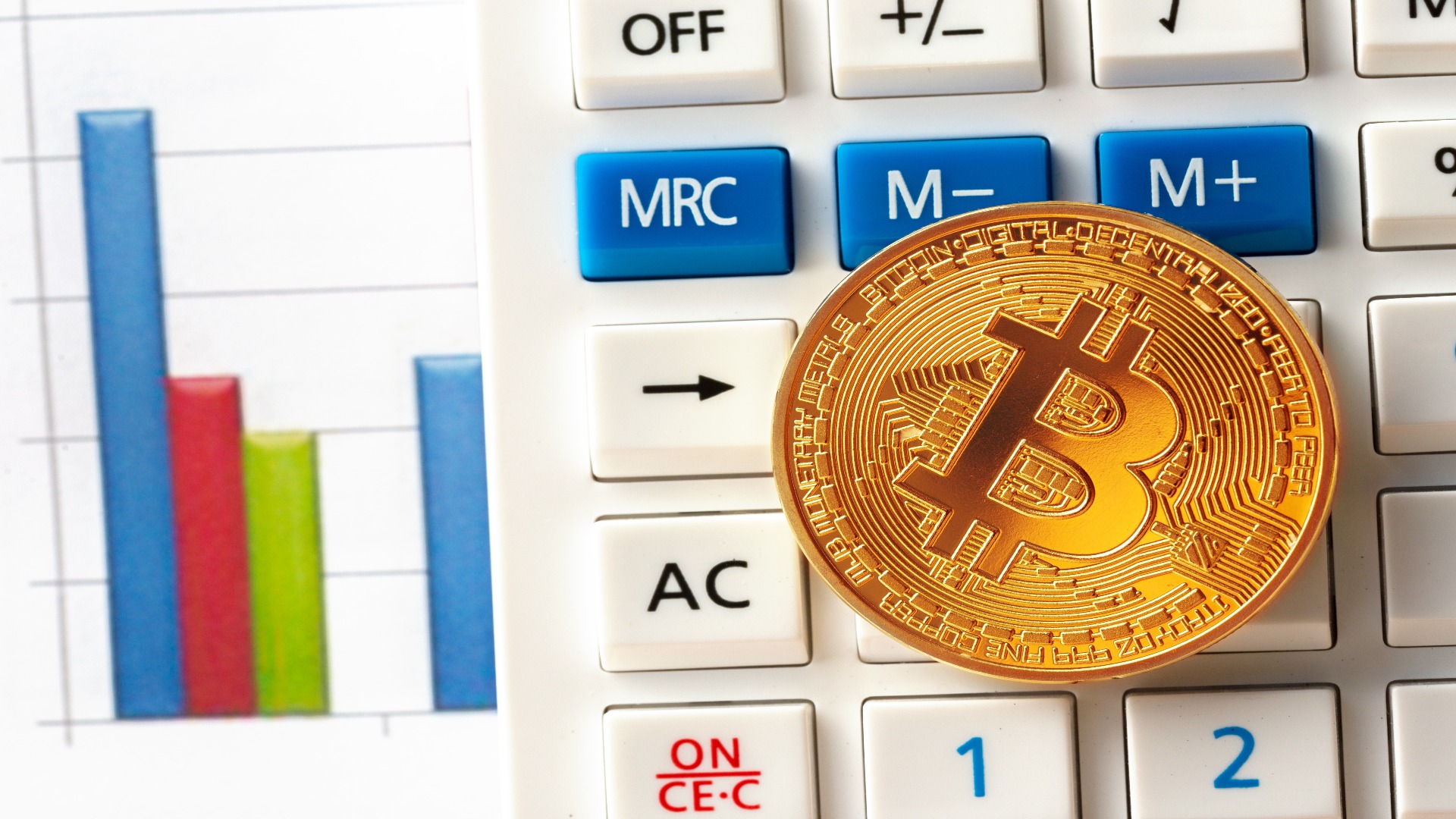Tata Motors Share Price Target 2025, 2030, 2040 – Is Tata a Buy? - InvestingCube
Tata Motors Share Price Target 2025 The Tata Motors share price targets 2025 as currently set out by institutional entities now distinguishes TMPV from TMCLV, the two stocks that came out of the demerger...

Tata Motors Share Price Target 2025
The Tata Motors share price targets 2025 as currently set out by institutional entities now distinguishes TMPV from TMCLV, the two stocks that came out of the demerger process of October 2025.
Nomura has a target of INR 367 for TMPV and INR 365 for TMCLV. This represents a 12-month outlook from its latest research note of October 2025. SBI Securities is looking at a band of INR 285 – INR 384 for TMPV.
Tata Motors Share Price Target 2030
Most coverage of the Indian automaker stocks from institutional firms rarely provide a long-term outlook. The time frame commonly used is 6-12 months, creating a dearth of Tata Motors share price targets for 2030. Furthermore, the demerger that took place has created a reset of each individual stock that came out of the process.
Some key assumptions to be used in deriving the Tata Motors share price target 2030 are as follows:
- A base year revenue (FY2025) of INR 4.40 lakh crore
- Segmental split in which the EV division has 12%, JLR 69% and Commercial Vehicles (CV) has 18%.
- Revenue growth using a CAGR of EV division grows 15%, JLR grows 6% and CV grows 8%, all between FY2025 – FY2030.
- Net debt (2030 value) of INR 50,000 crore (average), with INR 30,000 crore being the bull case value and INR65,000 crore as the bear case value.
- JLR EV/EBIT multiples of 5.0, 7.0 and 8.5 corresponding to bear, base, bull case scenarios, respectively.
- Indian EV/PV sales multiples of 1.2, 1.8 and 2.2 for bear, base and bull case scenarios, respectively.
- TMLCV EV/EBIY multiples of 4.5, 6.0 and 7.0 for bear, base and bull case scenarios, respectively.
Using the SoTP method that determines the equity valuer per share, the 2030 Tata Motors share price target for TMPV would be INR 583 per share (bear case), INR 1,154 per share (base case) and INR 1,165 per share (bull case). These figures are purely contextual as changes to any of the assumptions above will radically alter these projections. An important, additional factor to consider would be the interest rate policy of the Reserve Bank of India, which would impact the exchange rate of the Rupee vs the US Dollar.
Tata Motors Share Price Target 2040
There are currently no institutional Tata Motors share price targets for 2040 in the market space. Any such price outlooks would have to follow the SoTP approach to conduct projections using the metrics discussed in the prior paragraph.
Current Tata Motors Share Price Overview
The Tata Motors share price history indicates the fundamentals that have impacted the company’s stock from 2024 to date. From its July 2024 peak at 711.80 INR, the gradual loss of market share has eroded the Tata Motors share price, and it now trades within a defined range formed in H2 2025. 378.95 is the lower band of this range, while 447.95 is the range’s upper limit.
The range-bound nature of the price action is reflected in several analysts’ calls for the Tata Motors share price target 2025. Price would need to break down the range to retest the April 2025 low at 325.00 INR, or take out the upper limit to unlock potential re-discovery of the 2024 highs.

Tata Motors Share Price History and Trends
The Tata Motors share price trend indicates that the stock has been in an uptrend for more than 33 years now, as indicated by the higher highs and higher lows. The stock hit an all-time high in April 2024, but is now in a corrective phase that also features the technical price adjustment to accommodate the demerger of the Commercial Vehicles Arm as a separate stock entity.
Long term, the Tata Motors share price would have to respect the rising support trend line, and initiate a bounce move that would give the stock a chance at meeting any futuristic Tata Motors share price targets.

Tata Motors EV Business Impact on Valuation
Within the TMPV stock that also contains the JLR (Jaguar Land Rover), ICE (internal combustion engine models) and EV (electric vehicle) components, the Tata EV franchise is the element that has a high growth potential. Tata’s EV arm, the Tata Passenger Electric Mobility or TPEM, attracts a higher valuation multiple than JLR or ICE.
EV volumes have the potential to grow faster, and presents a better economics of scale as battery sales, charging points and e-power train localization tends to lower the costs of good sold. EV multiples are impacted by localization rates, sales volume pathway, partnerships for charging points, and response to the competition in the area of pricing.
The Tata Motors EV valuations are derived from projections of EV sales as components of the total revenue in the full-year period from 2026 -2030, EV/EBITDA on mid-cycle margins, and NPV per car (which is derived from the battery pricing power and cost curves).
Modelling focuses on several parameters:
- charging points utilization
- EV sales volumes (monthly, quarterly, annually)
- Battery cost curves
- Localization milestones such as new vendor contracts
- Pricing (which has to be more competitive to match those of emerging competitors such as Hyundai, Mahindra, etc).
Improvements in scale and margin through sales of diverse EV models, batteries and expansion of charging points will boost the EV multiple within TMPV even when the JLR and ICE components remain static, which lifts the Sum-of-the-Parts (SoTP) valuation of TMPV.
Tata Motors DVR and ADR Price Analysis
DVR used to trade at a discount, and gave dividends that were 5 percentage points above ordinary shares. but Tata Motors cancelled its Tata Motors DVR (A-ordinary) listing on September 1, 2024. Subsequently, 7 new ordinary shares were created from 10 DVR shares after trading on the Tata Motors DVR was suspended on August 30, 2024.
Tata Motors Share Price NSE vs BSE Live
The Tata Motors share price on the NSE and BSE have different identifiers. On the NSE, Tata Motors Passenger Vehicles carries the stock ticker TMPV, while the same stock on the Bombay Stock Exchange is listed as 500570.
Tata Motors share price NSE comes with tighter spreads and greater market depth, making it more ideal for executions. Spreads are larger on the BSE-listed variation and can lead to jumpy prices.
Analysts Targets and Motilal Oswal Views
Motilal Oswal has a neutral outlook on TMPV post-demerger, with a INR 631 price target at end-FY2027. The firm cites the impact of tariff uncertainty on exports to the US, weak demand in China and Europe, rising emission costs and lack of growth guidance from the company’s management as reasons for its outlook.
The firm also cites the cut in FY2026 EBIT margin forward guidance from the JLR division to 5-7% (previously 10%), pressure on ICE’s margins and short-term weakness in Indian PV/CV growth as additional reasons for its cautious tone.
Analysts such as Nomura have a near-term bearish outlook on the stock. Nomura has provided a Tata share price target of 367 INR and 365 INR for the TMPV and TMLCV entities post-demerger. Nomura has a more optimistic view on the JLR EBIT, with forward guidance of 6.2% in FY2026 and 7.6% in FY2027, but also notes the potential for downside risks towards the company’s lower guidance if recovery lags.
Impact of Demerger on Tata Motors Price
The Tata Motor share price fell 40% after the October 2025 demerger. This price drop was a technical adjustment that did not lead to value loss. The Commercial Vehicles Arm was split out of the main stock in a 1:1 split, with investors receiving a separate TMLCV share (representing the commercial vehicles unit). The price adjustment was made to reflect the removal of TMLCV from the former TATAMOTORS stock, leaving TMPV and TMLCV as separate stock entities. Therefore, the Tata Motors demerger share price was not due to bearish pressure or a correction, but was a technical adjustment to compensate for the removal of the TMLCV component.
Tata Motors Financials and Key Ratios
Tata Motors pulled in revenue of INR 4,39,695 crore in the 2025 fiscal year. It also made a net profit of INR 28,149 crore in FY 2025. The first results of the TMPV stock as a standalone entity will be released on November 14, 2025. This will be the first test of the passenger cars division following the October 2025 demerger.
ROE and ROCE for FY2025 stood at 28% and 20%, respectively. The company’s debt-equity ratio has improved from a prior number of 0.46/0.84 to 0.26. Consolidated borrowings have also reduced from INR 1,07,264 crore to INR 71,540 crore.
The Price-to-Earnings ratio (P/E ratio) stands at 6.9, P/B ratio is at 1.3/1.4, with a dividend yield of 1.5%.
Risks Driving Tata Motors Share Decline
The major risk comes from the rising profile of several competitors in the Indian EV manufacturing ecosystem. Several rivals are entering the market using aggressive pricing models to win over consumers. Companies such as Hyundai-Kia, Mahindra and Maruti-Suzuki are gradually making inroads into the market. Tata Motors share price could face decline if the company continues to lose market share.
Why Should Investors Buy Tata Motors?
Tata Motors continues to dominate the EV industry in India and even though its market share has reduced from 70% in 2024 to between 40-53% in 2025, it still remains positioned to be a major part of India’s drive to take up 30% of the global EV market share by 2030.
Long-Term Investment Strategy for Tata Motors
Tata Motors remains an attractive investment for the long term. It has three divisions which are the engine rooms that can drive profitability;
- JLR still maintains a production cycle, with repairs serving to double down on this revenue stream.
- EV/PV remains the biggest growth driver in the long term, with potential to scale (new car sales, batteries, localization partnerships for charge points).
- CV has capacity for recovery as economic fundamentals improve.
Steady debt reduction over time can raise the value of the equity, and its pioneer advantage in the Indian EV industry can be the bedrock of attaining higher multiples on the EV stream.
In addition to purchases of the stock and holding for the long term, investing in mutual funds or ETFs that track the performance of TMPV is an easy entry level for beginners. More experienced traders can use more complex investment vehicles such as options to maximize the profit potential for this stock.
FAQ
What is the current share price of Tata Motors?
On the NSE, the share price of Tata Motors is 407.00 INR.
When will Tata Motors Share Price Increase?
The next earnings report is in 8 days from now. If earnings beats estimates as expected by analysts, we could see an increase in the Tata Motors share price.
Why is Tata Motors share price falling today?
This is as a result of the de-merger, with price adjusting downwards to the carve-out of the commercial vehicles arm. The impact continues to run in the market as traders adjust their portfolios.
What is Tata Motors share price target for 2025?
Most post-split Tata Motors share price predictions targets by institutional investors are clustered between 350-440 INR, with upper limits set at 480.00 if the current resistance barriers are breached.
What will be Tata Motors share price in 2030?
Due to the de-merger, there is a scarcity of institutional calls that go beyond a 12-month horizon in terms of Tata Motors share price targets for 2030.
How does the demerger affect Tata Motors share price?
Tata Motors share price declined as a result of the carve-out of the commercial vehicles unit in a 1:1 split. This is more of a technical revaluation and does not represent a loss in value.
What is Tata Motors EV share price outlook?
The EV arm is now contained within the TMPV division. Analysts’s aggregates on Tradingview point to a range of 350-537 INR, with a median of 438 INR. Institutions like Nomura (367 INR) and SBI Securities (285-384 INR fair value band) have also provided their Tata Motors EV share price outlook.
At what price should I buy Tata Motors shares?
This is an individual decision that depends on your investment goals and duration. In any case, it is more prudent to buy at a support level to avoid or reduce the risks of drawdowns on your position.
Why did Tata Motors DVR share price drop?
This occurred because of elimination of this class of shares and swap into ordinary shares in a corporate action math-drop. The quote was adjusted to reflect the 10:7 conversion ratio of the old stock to the swapped version.
Is Tata Motors a good long term investment?
Tata Motors is India’s leader in EV car manufacturing. The repositioning of the company is to align it with its growth objectives. Tata will continue to remain a top-tier player in this space in the foreseeable future, making this stock a good long term investment.
How to track Tata Motors share price live on NSE?
Visit the NSE India official quotation feed for real-time data. There is also a mobile app. Alternatively, you can use Tradingview and enter the ticker NSE:TMPV to get price information from the charts.
What are the main risks for Tata Motors investors?
The main risk comes from the rising profile of competitors in the EV manufacturing space. Maruti-Suzuki, Mahindra and Hyundai-Kia have cut Tata’s market share in this ecosystem from 70% in early 2024 to 53% in 2025. Tata Motors needs to retain its top positioning to protect its investors’ funds.
Delegate Your Voting Power to FEED DRep in Cardano Governance.
DRep ID: drep12ukt4ctzmtf6l5rj76cddgf3dvuy0lfz7uky08jfvgr9ugaapz4 | We are driven to register as a DRep by our deep dedication to the Cardano ecosystem and our aspiration to take an active role in its development, ensuring that its progress stays true to the principles of decentralization, security, and community empowerment.DELEGATE VOTING POWER!









